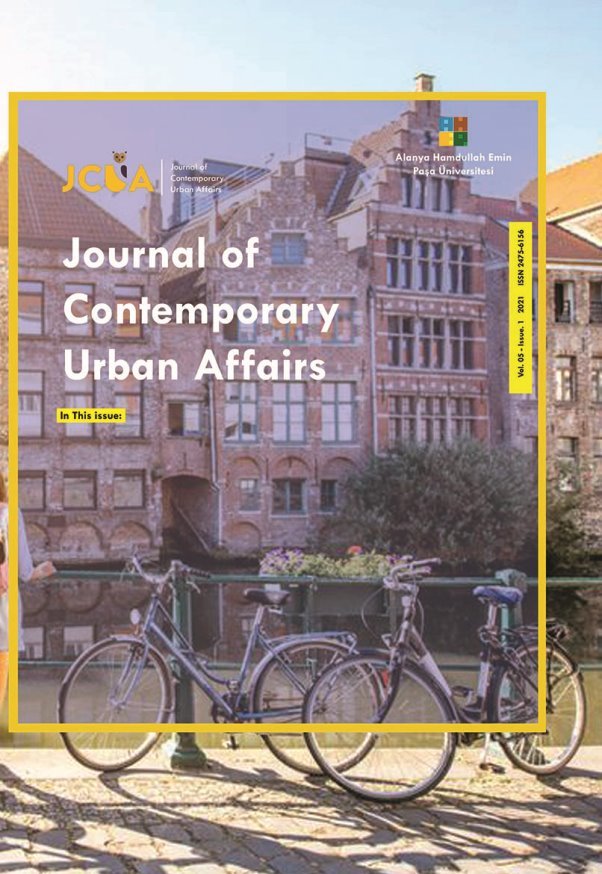
Journal Of Contemporary Urban Affairs
Yazarlar: Elison Eduardo Bierhals, Francisco Pereira, Claudinéia Brazil, Elton Rossini
Konular:-
DOI:10.25034/ijcua.2018.36xx71
Anahtar Kelimeler:Climate Change,Solar Radiation,Energy Utilization.
Özet: The most critical factors in the acceleration of climate and environmental changes are related to the industrial development and consequently to an increase in the demand for electricity. Looking for measures that minimize impacts to the environment, alternative energy sources are gaining more and more space in the Brazilian energy matrix. Brazil presents a great solar potential for the generation of electric energy, so the knowledge of solar radiation and its characteristics are fundamental for the study of the energy use. Due to the above, this article aims to verify the climatic variability corresponding to the variations in solar radiation patterns, in the face of climate change scenarios. The database used in this research is part of the Phase 5 Intercomparison of Matching Models (CMIP5). It is important, first of all, to determine its availability in order to enable the use of solar radiation as a source of energy in a given location and / or region. The climatic projections, based on the pessimistic scenario, in a 75-year period (2026-2100) showed a fall in solar radiation in all of Rio Grande do Sul, reaching 12% in the eastern region of the state. A concern with the factors that influence the pessimistic perspectives of this scenario, as it may affect a possible production of electric energy from solar radiation.